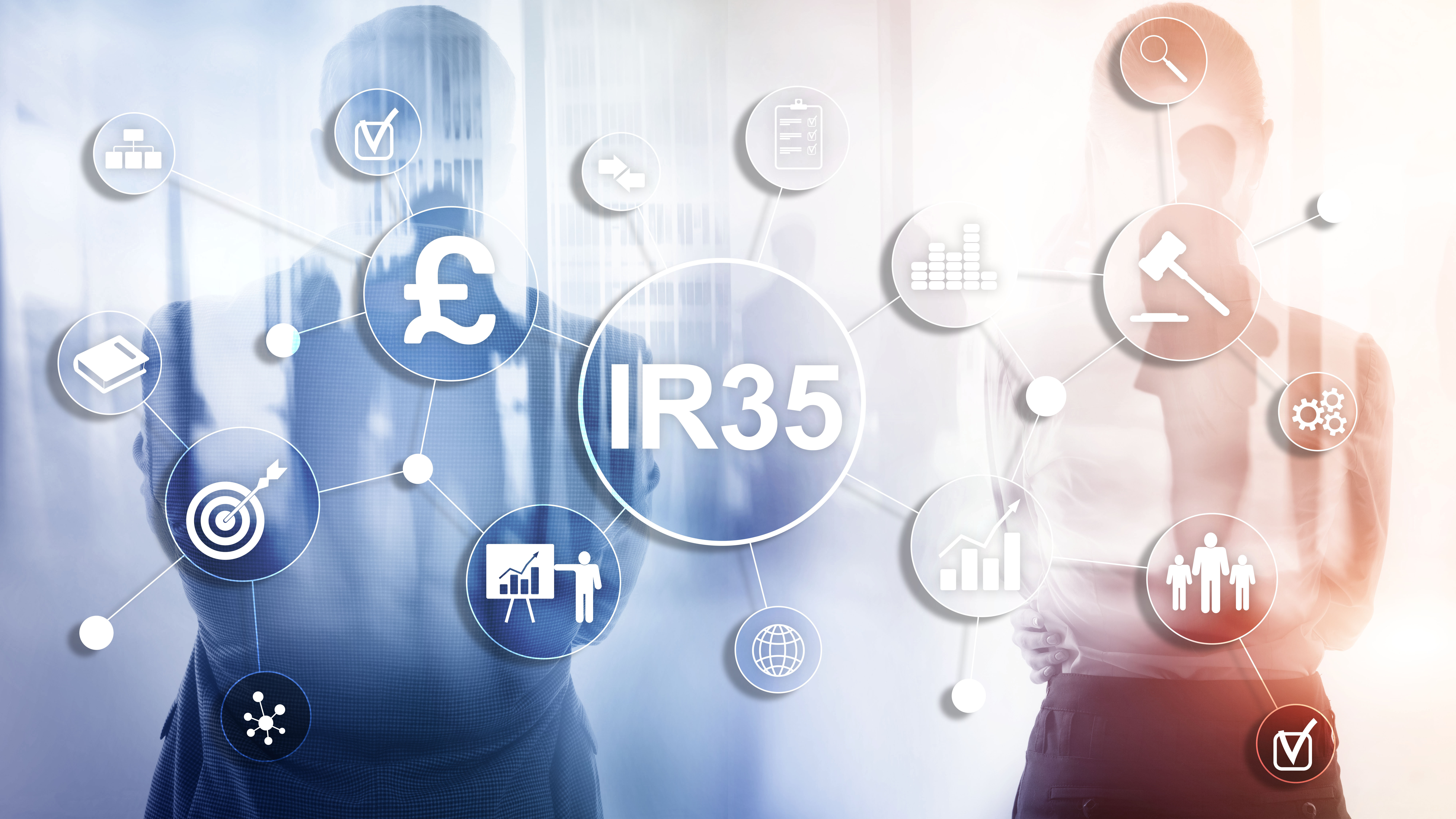
The UK government’s One Login service is slated to replace the existing Government Gateway accounts, serving as a combined identity verification and login system for accessing all central government services.
HM Revenue & Customs (HMRC) is among the first government entities to embrace this digital sign-in initiative, aiming for all taxpayers, businesses, and agents to eventually utilise One Login to access its services.
While the estimated project completion timeline spans three years, the rollout for individual HMRC users is expected to conclude within a year. Business owners are expected to transition to the new system by 2025, with no specified timeline for agents or those acting on behalf of others, such as accountants or those who hold power of attorney.
The Government Gateway will not undergo an abrupt shutdown.
In Agent Update 118, HMRC announced that starting May 2024, some taxpayers without a Government Gateway account will be prompted to create a gov.uk One Login account.
HMRC clarified that the transition from Government Gateway to One Login will occur gradually, starting with a small cohort of new users. Existing Government Gateway users will receive notifications about creating a gov.uk One Login account without needing to contact HMRC. Until prompted, accessing HMRC online services will remain unchanged for agents and their clients.
HMRC plans to gradually migrate existing Government Gateway users, beginning with controlled numbers, followed by users with business/organisation credentials, likely beginning in 2025. At present, there is no specified timeframe for introducing the platform to tax agents.
To sign up for One Login, new users will need to undergo an authorisation and identity verification process. Identity verification will be completed via the gov.uk ID Check app, by answering security questions online, or at a Post Office. It the verification method varies slightly depending on the user’s mobile device and type of photo ID. Once verified, user identity information is automatically stored in their gov.uk One Login account.
Two-factor authentication enhances login security, requiring users to set up their account to receive login codes, alongside passwords. Users also need to provide an email address and select a preferred method for receiving security codes – via SMS or an authenticator app.
Once registered, users can access their account via https://www.gov.uk/account.
Costing £305 million and developed by the Government Digital Service (GDS), gov.uk One Login will phase in over three years to replace various login and identity-checking platforms across central government. Currently, it is used by 11 services, including the Disclosure and Barring Service, the Driver and Vehicle Standards Agency (DVLA), and HM Land Registry, with 2.5 million users already registered.
Upon full operation, central government services, including income tax, student loans, and Universal Credit, will be accessible online through a single login. By streamlining access to 145 services into one login by March 2025, the Cabinet Office expects to generate at least £700 million in benefits by April 2026.
To stay updated with industry news and opinion, visit our blog.
This is not the first attempt by the government to alter how the public access centralised online services. Following the 2010 general election, the coalition government aimed to replace the Government Gateway with a new identity assurance programme known as Verify.
However, despite an investment exceeding £200 million, the Verify platform, launched in 2014, faced delays and overspending. It could only accommodate individuals and wasn’t configured for businesses or intermediaries such as tax agents – a concern for many HMRC users, given that the Government Gateway catered to all user types.
Consequently, HMRC primarily stuck with the Government Gateway, although individuals could access certain services through Verify, such as filing self-assessment tax returns.
In April 2022, HMRC withdrew Verify, instructing users to sign in using a Government Gateway ID. This process temporarily locked out some taxpayers from the system.
The current gaps in the One Login timetable, particularly concerning business users and intermediaries, raise concerns in the accounting technology community that lessons from Verify haven’t been fully absorbed.
A 2023 HMRC survey of agents highlighted frustration at managing two separate agent online accounts with distinct login details – the ASA and the OSAA. Introducing another end-user login without a published migration timeline could compound these frustrations.
For further information on how these changes will affect you and your business, contact us today.
Latest Articles
Fully-digital service for voluntary NI contributions launched by HMRCNew IFS study reveals unfairness in Tax ThresholdsThe Metrics of HMRC’s New IR35 Taskforce: A Closer LookHMRC's new Basis Period tool could cause chaos for Sole Traders.New guidance on applying for help with paying Inheritance Tax
